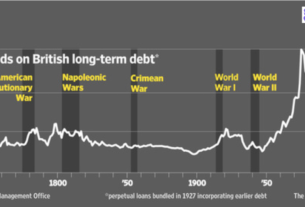Life inside a busy city Accident & Emergency (A&E) department is marked by a relentless blend of frustration, long delays, and intense effort from staff striving to provide care under pressure. Hospitals across the UK are facing unprecedented challenges, with rising patient numbers, staff shortages, and stretched resources creating an environment where healthcare professionals must constantly adapt to meet growing demand.
Patients arriving at A&E often endure long waits, sometimes spending hours before being seen by a doctor. This delay can be due to a variety of factors, including an influx of emergency cases, lack of available beds for admissions, and limited staff capacity. For many patients, especially those with less urgent conditions, the wait can be painful and stressful, compounding their health issues and increasing anxiety. Families and carers also feel the strain, frequently expressing frustration over the slow pace and uncertainty about treatment timelines.
Behind the scenes, A&E staff, doctors, nurses, paramedics, and support workers are working tirelessly to manage the flow of patients, often in overcrowded and under-resourced conditions. The physical and emotional demands on staff are immense. Healthcare workers must make quick decisions, often with incomplete information, while balancing the need to prioritize critical cases. The pressure leads to high levels of stress and burnout, with many workers reporting exhaustion and feelings of helplessness in the face of systemic challenges.
The complexity of cases has also increased, with more elderly patients presenting with multiple health problems, alongside surges in mental health crises and chronic illnesses. This adds layers of difficulty to treatment and discharge planning, requiring coordination across multiple specialties and community services, which are themselves under strain. Delays in social care and community support often mean patients remain in hospital longer than necessary, further clogging the system.
Despite these difficulties, A&E staff display remarkable dedication and compassion. They continuously strive to provide safe, effective care and support for patients and families, even when faced with overwhelming workloads. Many hospitals are implementing new strategies to ease pressure, such as fast-tracking minor injuries, improving triage processes, and increasing community-based care alternatives.
The challenges at city A&E departments highlight the urgent need for systemic investment in healthcare infrastructure, staffing, and community support services. Without meaningful change, the cycle of frustration, delay, and hard work will continue to define life inside emergency departments across the country, impacting both patients and those who care for them.




